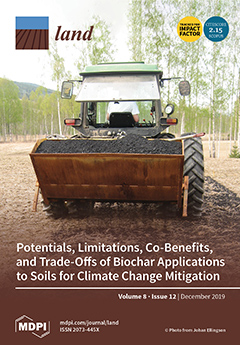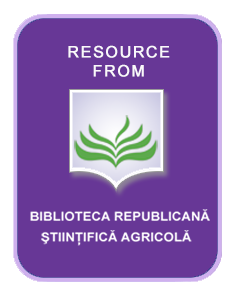Coupling Coordinated Development and Exploring Its Influencing Factors in Nanchang, China: From the Perspectives of Land Urbanization and Population Urbanization
The coordination relationship between land urbanization and population urbanization is crucial for achieving sustainable development under economic transition. Moreover, the balance between land urbanization and population urbanization is essential to guarantee the urbanization process of an entire city. This paper empirically analyzes the interaction between land urbanization and population urbanization in Nanchang from 2002 to 2017 based on the coupling coordination model (CCM).




